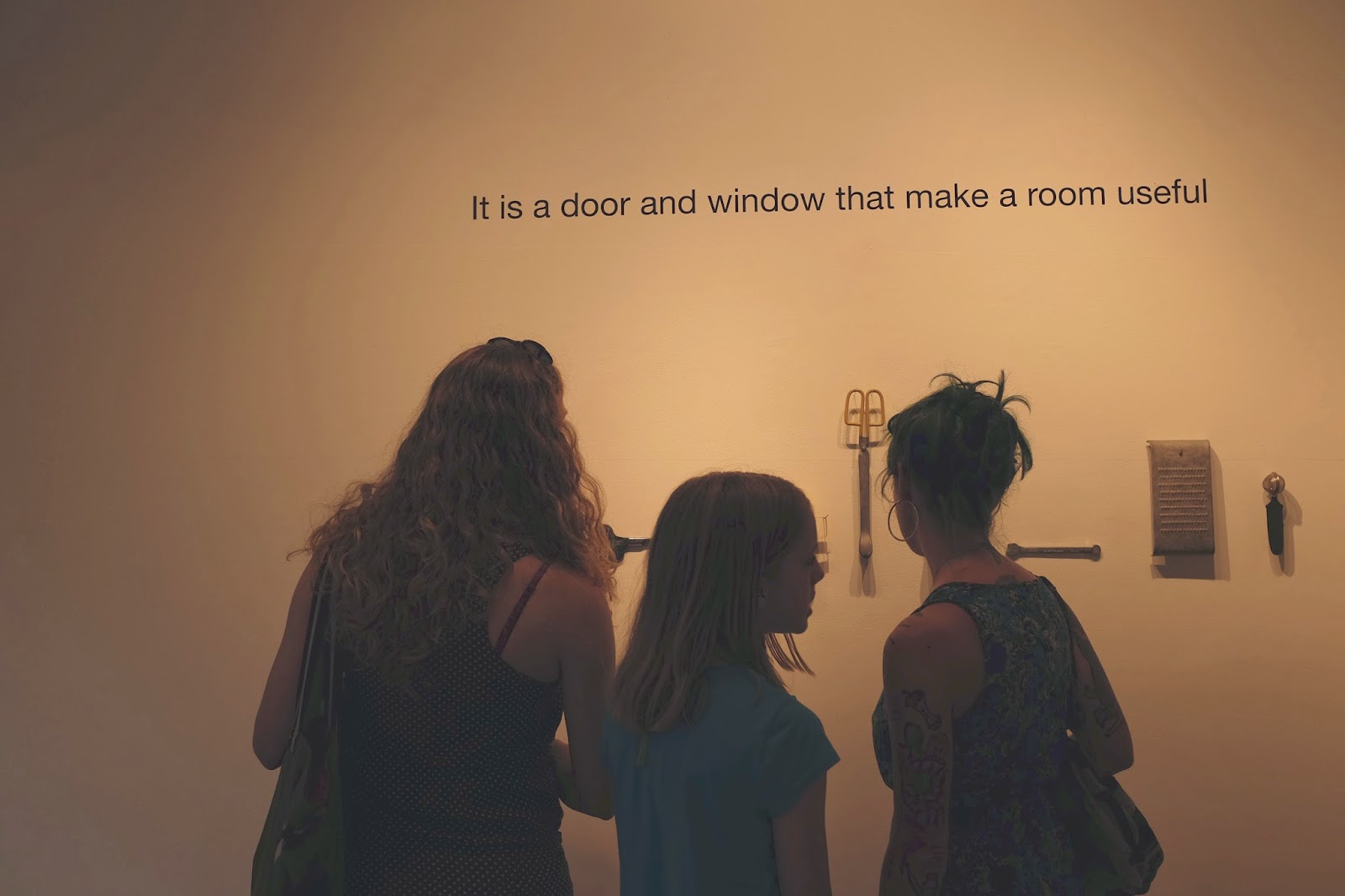The first night of the Studio F exhibit was a bit of a failure. I exhibited 7 photographs; each was of a bicycle and all but one featured children. For starters, the turnout for this particular event was a little low. But that's not the main thing.
The main thing is that I hope never to get used to the feeling I get when people completely pan my photographs. People would walk in, glance for a split second at the wall, and move right along. Like almost nothing at all registered. This amazed, baffled, and most importantly, pained me. Of course I do this to other artists and their work. Particularly painting. So I understand what's happening. But it also means failure.
So I will change it up for next time. I think I will try "salon style". Rather try to have a coherent series, I'm going to display the photographs I want, and arrange them in a splash.
Meanwhile I have so much other work to do. I must
1) Prepare for Chicago! This means really select what I will present for my reviews.
2) Organize my two on-going projects (the fountain and "boom town")
3) My other project... my neighborhood.
4) Catalogue and backup digital files.
So much work. Meanwhile, I have to "work" (to make a living).




.jpg)